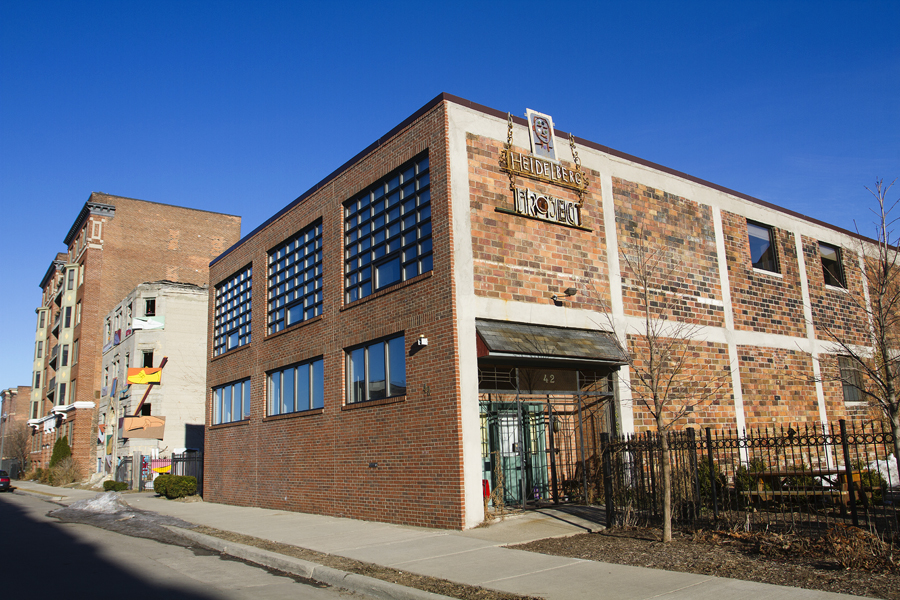
Part 1 of an in-depth look at the beleaguered Heidelberg Project.
By Steve Neavling
Motor City Muckraker
As the world-famous Heidelberg Project came under siege by an arsonist last year, the nonprofit organization that runs the outdoor art exhibit on Detroit’s east side was spending a vast majority of its shrinking budget on nine employees and a spacious office in Brush Park near downtown.
Very little of its annual $200,000 budget was dedicated to the art project and its diminishing properties, an analysis of the nonprofit’s tax records shows. Of the 50 parcels in the two-block area, just four belong to the Heidelberg Project after losing homes to foreclosures.
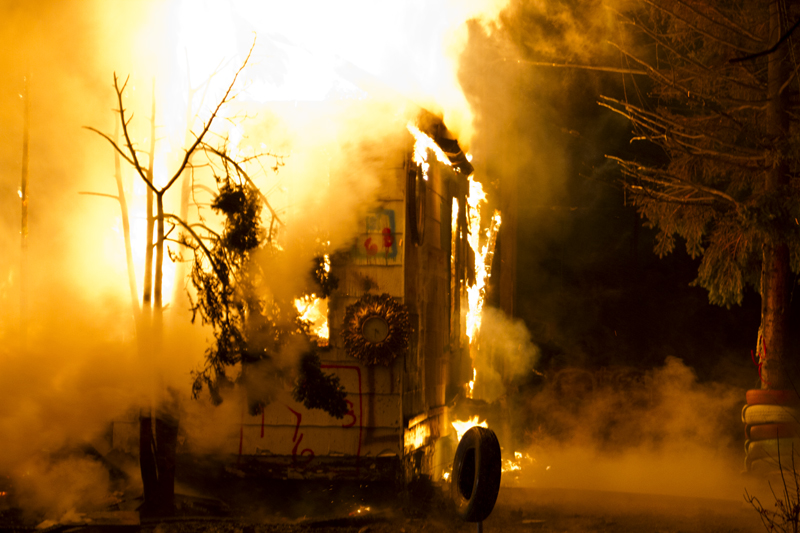
Now authorities say the project’s artist, Tyree Guyton, and his wife, Executive Director Jenenne Whitfield, aren’t cooperating with arson investigators from the ATF and Detroit Fire Department after six of the eight art-studded houses were destroyed by arson since November.
“They are saying a lot to the public, but they haven’t been very cooperative,” according to a high-level fire official, who spoke on condition of anonymity because the investigation is ongoing. “We need to talk with them.”
Whitfield denies she and Guyton have stopped cooperating.
“Of course that is not true,” she wrote in an e-mail. “Why we would we do that?”

Whitfield, whose annual pay as executive director jumped from $1,000 in 2009 to $61,000 in 2012, declined to answer follow-up questions.
A Motor City Muckraker investigation has found that the Heidelberg Project has transformed from a volunteer-driven organization focused on art installations to one that spends more than $190,000 a year – most of its budget – on four full-time employees, three part-timers and two contract workers.
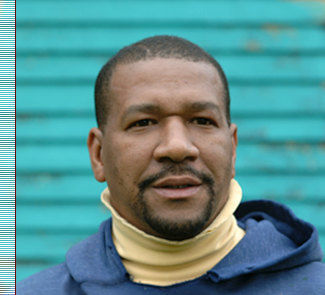
Even when contributions shrank from $595,000 in 2011 to just $193,000 in 2012, the nonprofit hired an additional three employees and spent more than $25,000 on office expenses and $27,000 on traveling. By contrast, the nonprofit spent less than $16,00o on direct program expenses, tax records show.
Since 2007, Wayne County seized in a tax foreclosure eight of the nonprofit’s properties, including its signature Party Animal House, which was intentionally destroyed by a fire on March 7.
Heidelberg officials argued the nonprofit was exempt from paying taxes.
Among the nonprofit’s employees are a marketing coordinator, special projects coordinator, site development manager, landscape designer and assistant director. They run an emerging artists program, workshops, education programs and tours of the Heidelberg.
According to tax records, the Heidelberg drained its savings on staff and expenses unrelated to the project site, spending $132,182 more than it had coming in from contributions in 2012. Indicative of the nonprofit’s questionable financial decisions, the Heidelberg spent $12,938 on a fundraiser that collected $13,550 – a return of $612.
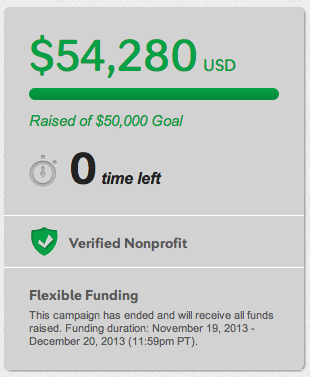 Without a savings, the nonprofit, which operated with a bigger budget in 2010 with a single part-time employee, held an emergency fundraiser aimed at collecting $50,000 for the sole purpose of increasing security at the two-block art exhibit.
Without a savings, the nonprofit, which operated with a bigger budget in 2010 with a single part-time employee, held an emergency fundraiser aimed at collecting $50,000 for the sole purpose of increasing security at the two-block art exhibit.
At the time of the Nov. 29 fundraiser, two of the project’s eight house installations had been destroyed by arson. By the time the fundraiser ended on Dec. 20, three more homes were intentionally burned down, leaving the project with three houses – none of which belong to the Heidelberg Project, records show.
Nevertheless, the nonprofit pledged to protect the installations – The Party Animal House, Polka Dot House and Numbers House – with $54,280 from the fundraiser and an additional $18,000 from the Erb Family Foundation and the Kresge Foundation.
Trouble is, the nonprofit hadn’t developed a workable security plan by the fundraiser’s end on Dec. 20, despite the urgency following the breakout of arsons. While the “small and inexperienced organization” hashed out plans for cameras and improved lighting, Whitfield said, the Heidelberg spent more than $18,000 on a security guard whose hours were severely cut because the job “quickly became cost-prohibitive.”
When the Party Animal House fire broke out, Whitfield said the project’s temporary security camera was damaged by the blaze and extreme cold.
“We are doing everything we can do,” Whitfield told me. “We’ve never done this before.”
Of the 50 parcels inside the two-block Heidelberg Project, the Heidelberg owns just four, according to property records.
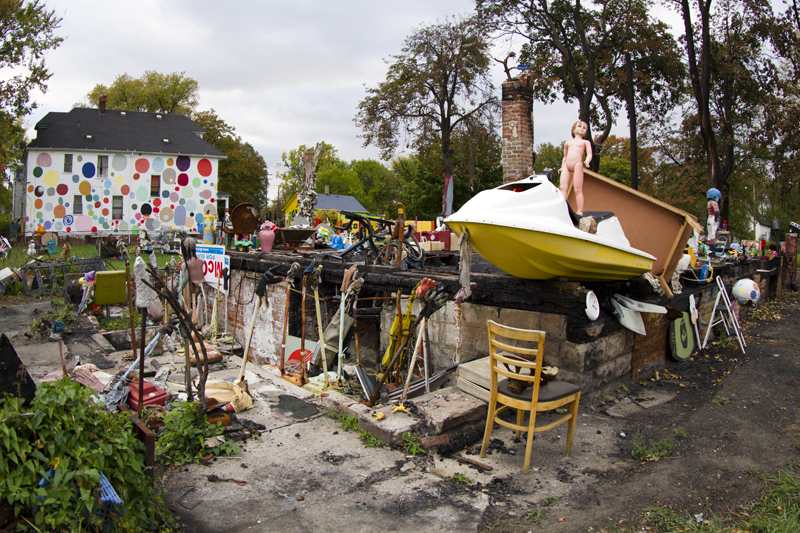 But you wouldn’t know it driving through the project, which is teeming with outdoor installations made from shopping carts, doors, shoes, boats, decorated cars, stuffed animals and old signs. Most of the exhibits are scattered across city property, which accounts for 80% of the parcels.
But you wouldn’t know it driving through the project, which is teeming with outdoor installations made from shopping carts, doors, shoes, boats, decorated cars, stuffed animals and old signs. Most of the exhibits are scattered across city property, which accounts for 80% of the parcels.
Guyton created the Heidelberg Project in 1986 after he lost three brothers to the streets.
buy ventolin online https://www.pharmalucence.com/wp-content/languages/new/generic/ventolin.html no prescription
He wanted to brighten up the blight and call attention to the poverty and decay that still eat away at Detroit’s neighborhoods. Guyton slowly began decorating abandoned wood-frame houses with found objects and erected other installations in vacant lots.
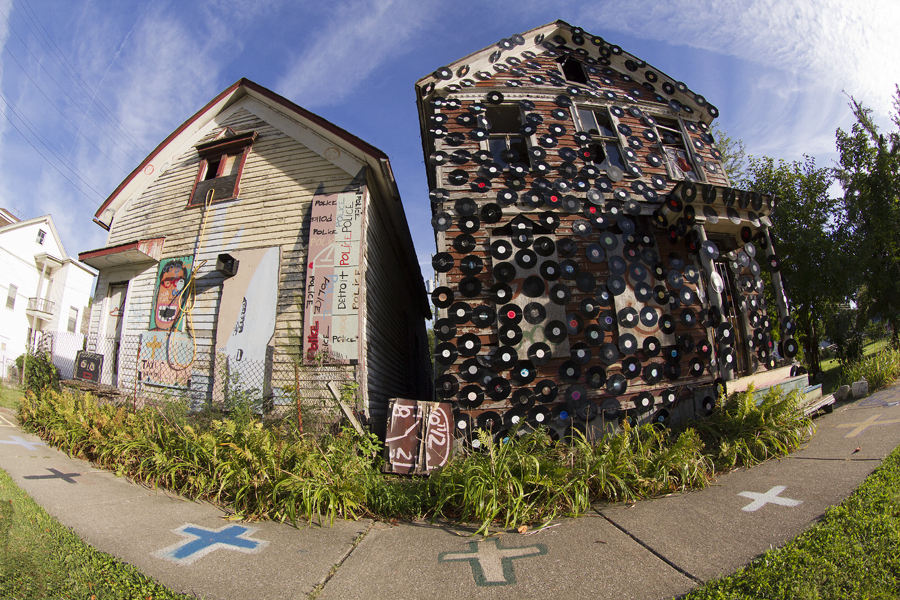 The project is now world-renowned and a popular tourist destination, attracting as many as 50,000 people a year, according to a study by the Center for Creative Community Development.
The project is now world-renowned and a popular tourist destination, attracting as many as 50,000 people a year, according to a study by the Center for Creative Community Development.
“As tough as it is, a chapter is obviously closing, but it’s far from over,” Guyton said in a written statement after the most recent fire. “It’s a new beginning.”
The Heidelberg’s biggest contributors are the Community Foundation for Southeast Michigan, the Fred A. and Barbara M. Erb Family Foundation, the Kresge Foundation and the Annenberg Foundation.
Steve Neavling
Steve Neavling lives and works in Detroit as an investigative journalist. His stories have uncovered corruption, led to arrests and reforms and prompted FBI investigations.

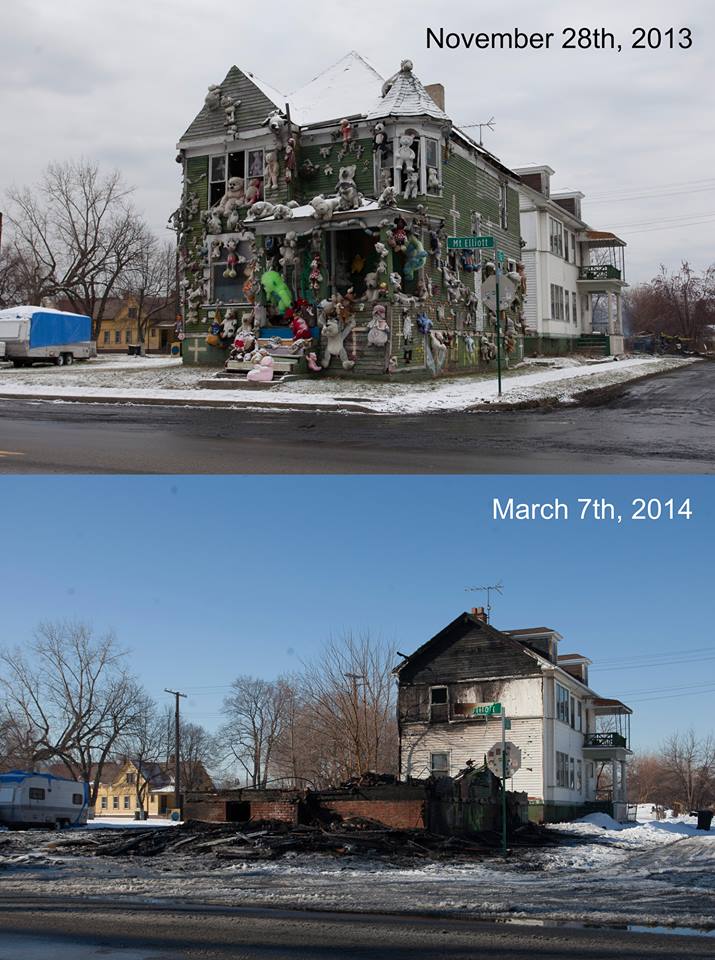
92 Responses to "Investigation: What the Heidelberg Project doesn’t want you to know"